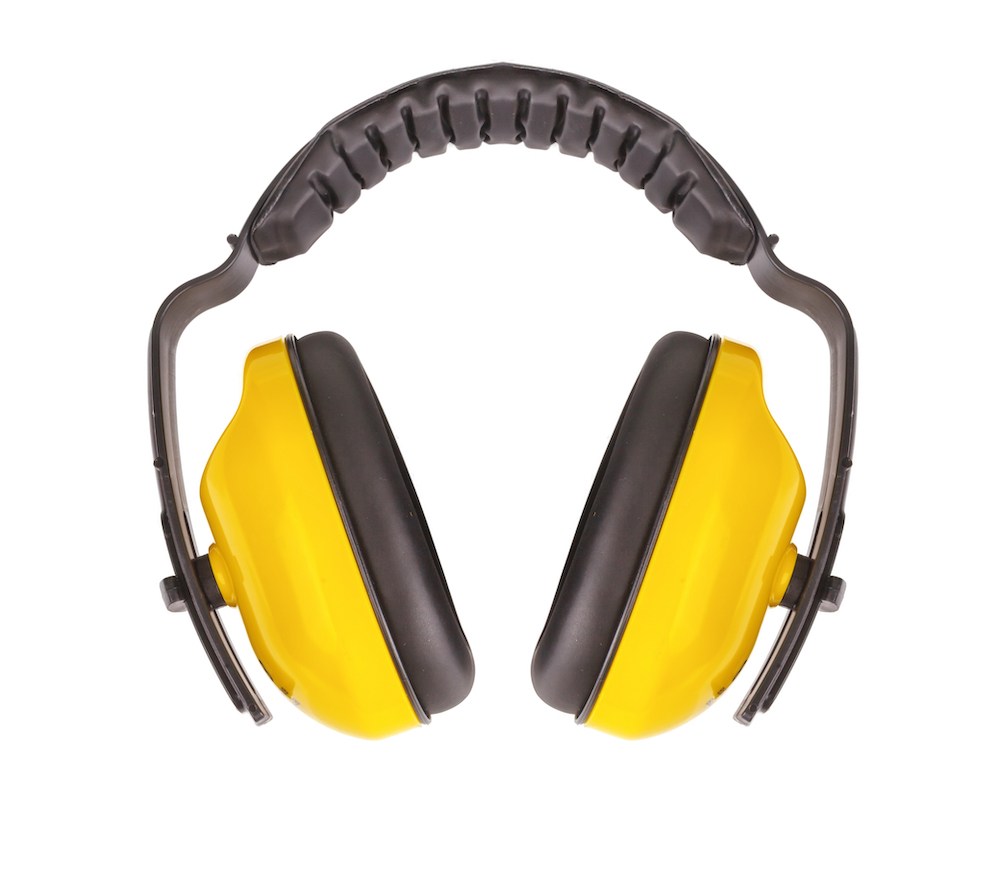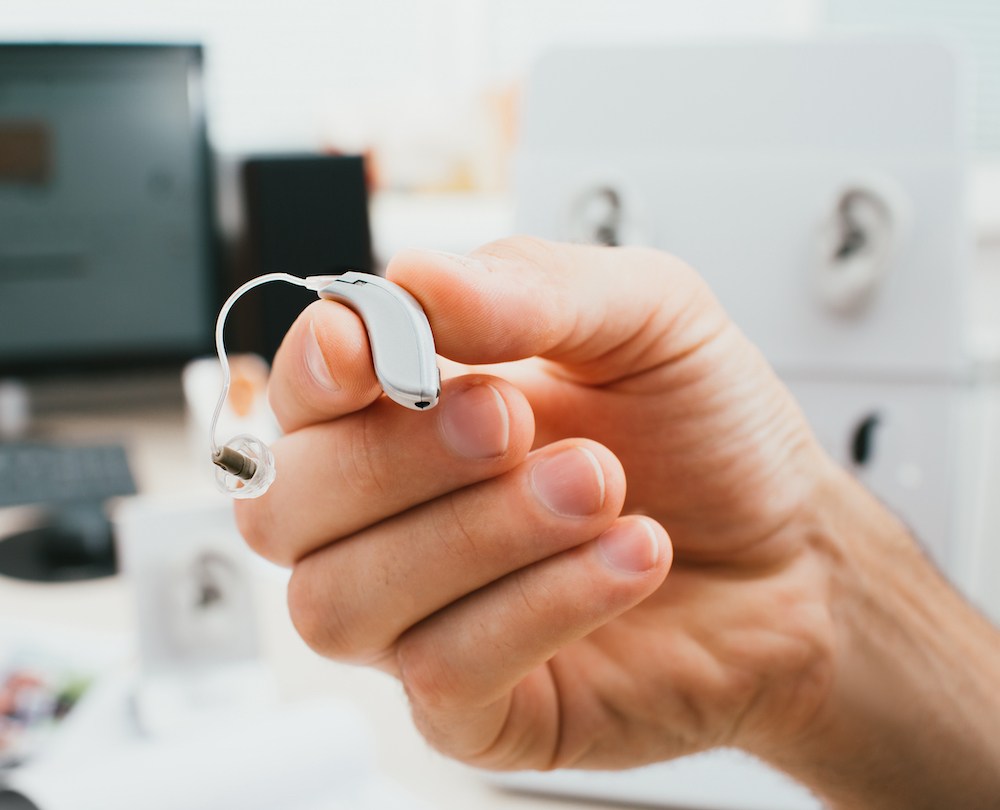Key Signs That Your Need a Hearing Test
A hearing test is one of the most routine services that any audiologist

By: admin | August 20, 2023
In the contemporary world where technology is rapidly evolving, the connection between hearing aids and smart devices has become increasingly significant. Audiologists now have the opportunity to leverage this technology to enhance the user experience for their patients. This article will discuss the methods, advantages, and considerations in connecting hearing aids with various smart devices.
Hearing aids are no longer simple amplification devices. They have evolved into highly advanced pieces of technology that can connect seamlessly with smartphones, tablets, televisions, and other smart devices. This connection allows for improved control, customization, and functionality that can make a significant difference in a user’s quality of life.
There are several ways to connect hearing aids to smart devices, depending on the type and compatibility of the hearing aid. Most modern hearing aids utilize Bluetooth technology to establish a connection, allowing for direct streaming of audio, control over hearing aid settings, and more. Apps designed specifically for hearing aid control can provide additional functionality and ease of use. Understanding the compatibility and connection methods is crucial for audiologists to assist their patients in making the most of this technology.
Connecting hearing aids to smart devices offers numerous benefits. For audiologists, it allows remote monitoring and adjustment of hearing aid settings, providing a new level of personalized care. For users, it enables direct audio streaming from devices, enhancing the listening experience for music, phone calls, and watching television. Furthermore, the use of smart device apps can facilitate user control over their hearing aid settings, allowing them to adjust to different environments easily.
While the integration of hearing aids with smart devices brings many advantages, there are also some considerations and challenges to keep in mind. Compatibility issues may arise, and not all hearing aids will work with all smart devices. Privacy and security are also vital, especially when dealing with remote adjustments and monitoring. Audiologists must be vigilant in explaining these aspects to patients and ensuring that secure and compatible connections are established.
Audiologists play a vital role in helping patients navigate the world of smart device connectivity with hearing aids. It begins with understanding the patient’s needs and the available technology, followed by a clear explanation of how to connect and utilize these features. Regular follow-up and support are also necessary to ensure that the patient is comfortable with the technology and that it’s functioning optimally.
The integration of hearing aids with smart devices represents a significant step forward in hearing care. It provides a pathway for enhanced user control, customization, and engagement. Audiologists, as the experts in this field, are uniquely positioned to guide their patients in embracing this technology, providing them with the tools and support they need to enrich their auditory experience.
Connecting hearing aids with smart devices is more than a technological novelty; it’s a practical way to empower users and offer them greater autonomy and enjoyment in their daily lives. By keeping abreast of the latest developments, understanding the technology, and offering personalized guidance, audiologists can create a more dynamic and fulfilling auditory experience for their patients.
Tags: benefits of hearing aids, hearing aid repair, hearing aid styles

A hearing test is one of the most routine services that any audiologist
By: admin | April 29, 2024

In the workplace, protecting your hearing is essential for staying safe
By: admin | April 28, 2024

It’s not uncommon for individuals to experience varying problems with a
By: admin | March 31, 2024
